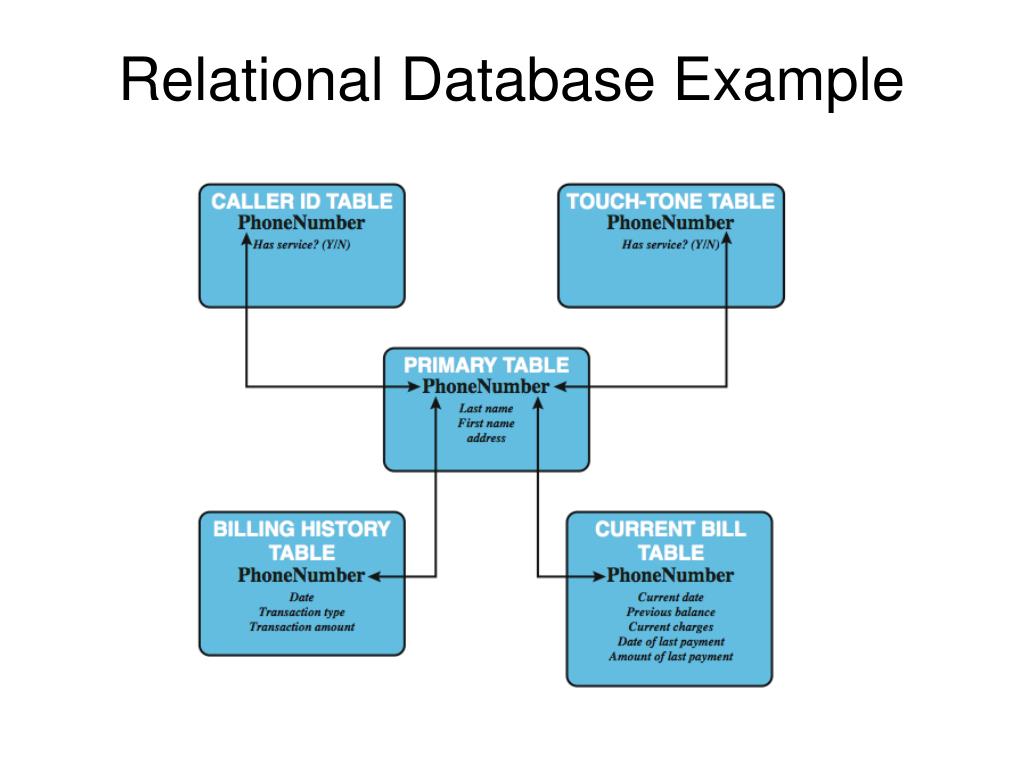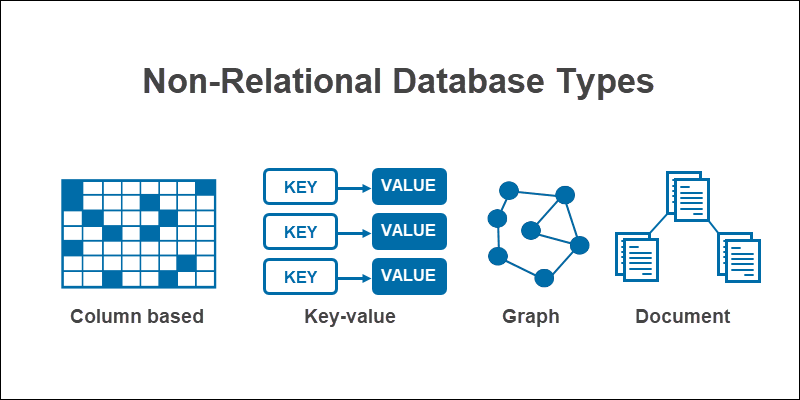Modern companies store and process a huge amount of information every day – data about employees, customers, transactions, etc.
Storing this information is necessary and even profitable, as it can provide the basis for making decisions and entering new opportunities for growth.
There are many ways to store information. If there is not much data, Google Sheets or Excel files will be enough. For large enterprises with millions of transactions per day, you can no longer store information in an Excel file. When the number of rows and columns exceeds hundreds of thousands, such a table is difficult to process. Moreover, an Excel spreadsheet, holding hundreds of thousands of columns starts to freeze and slow down.
When there is a lot of data, it is divided into several interconnected tables. This is how tables become databases.
What is a database?
A database (DB) is a collection of structured information stored electronically. A database management system (DBMS) is usually used to manage databases. In the most common types of databases, information is organized into rows and tables. This makes it easier to manage, modify, process and update the data.
Despite some similarities, Excel and databases have significant differences. Firstly, databases can store a much larger number of records and process them quickly. Another big difference is that in a database you cannot perform calculations directly in the table. Also, in Excel, you cannot create relationships between multiple tables.
Types of Database Structures
Databases are most often classified according to how information is structured and interacted with.
Hierarchical databases
Hierarchical databases have a tree structure, where a single trunk generates many divergent branches. In such a structure, data is organized hierarchically according to parent-child relationships. This structure is similar to the file system in Windows. Each element has a parent and a subordinate element, the one below it. The user accesses the data by following the structure, always starting from the root of the tree or the first parent.
Pros:
- The parent-child relationship ensures data integrity. Every change made to the parent table is automatically updated in the child table as well.
- High level of security.
Cons:
- A rigid hierarchy complicates data management. If the parent and child tables are not interconnected, adding a new record to the child table is complicated because it must be added to the parent table as well.
- Changing the database structure alters all the application programs working with it.
Relational databases

Store data in the form of tables that are related to each other. Each column of the table specifies an attribute of the object being referred to, e.g. price, postcode, or date of birth. Together the attributes are called a domain. A specific attribute or combination of attributes is selected as the primary key. When the key is referenced by other tables, it is called an external key.
For queries, the database uses SQL.
Pros:
- If you change any data, you only need to change the values in one table, while the others remain the same.
- Maintains the integrity of very large amounts of data.
- Allows access for several employees simultaneously.
Cons:
-
Data latency and inaccessibility due to locks.
-
Requires large amounts of physical memory.
-
Poor performance when processing large amounts of data.
Non-relational database (NoSQL)

Key-value stores. Store data under the keys. To retrieve information, you need to enter the key. Each repository develops its own key naming scheme depending on the value formats.
Graph databases. Store information in graphs. It is suitable when it is necessary to retrieve information from the database not only about the main object but also about other objects that are related to it.
Columnar databases. Store data in columns, not rows. This type of database may be useful when you are interested in information only in specific columns. Searching through specific columns is faster than searching through rows.
Document-oriented databases. The unit of information is a document. A single document can contain information that in a relational database would normally be distributed across several relational tables. Document-oriented databases do not require that all documents have the same structure. Access to documents is provided via a unique identifier.
Why Are Databases Important?
Databases are used to store mountains of data collected from various sources. Yet, studies show that 68 percent of the data companies already collect, is unused or of no value. Although with good data management, businesses will be able to extract useful information for development.
Databases are important for business growth in many ways. For instance, in the manufacturing industry, the collection and subsequent analysis of sensor data from machinery and equipment can anticipate and deal with breakdowns, thereby minimizing losses and reducing the cost of downtime.
Databases provide immediate access to critical business data and enable informed business decisions as well as predict future trends.
Cloud4U offers cloud servers for DBMS deployment and management. Hosting in the cloud means you will have access to your database from anywhere, which is convenient for organizations with multiple branches and remote employees. In addition, the cloud provides fault tolerance and high performance without latency or disruption. And most importantly, thanks to regular backups your data will never be lost.



